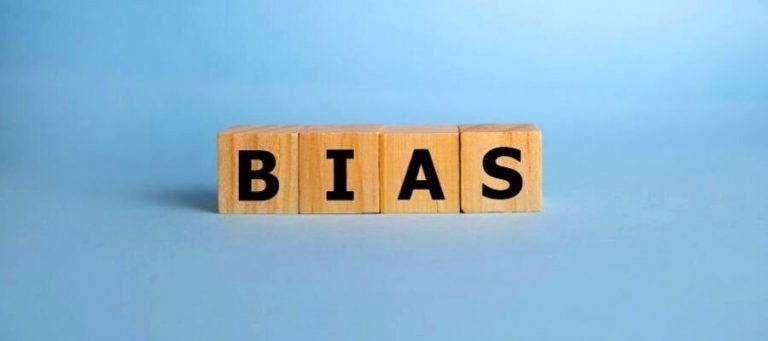Top of the Triangle!
Of the vast selection of crayon options available to both young and old, I would have to say that the cool triangular ones are one of my favorites. Not only don’t they roll off the table when my daughter insists on pouring them all out. But, per the box, they help the little ones develop their fine motor skills and better prepare them for writing. So, not only are they cool to color with (and washable – which is a perk), but they also influence the developmental behavior of the child and in return, influence the buying behavior of the parent who, due to the benefits to the child, now champions that brand.Â
So, would you agree that there is power in influence? In the book Influence: The Psychology of Persuasion, Dr. Robert B. Cialdini highlights six principles that help explain the actual psychology of why people say yes. As a small business owner, taking time during your structured week to analyze who you are targeting and what triggers buying for that group would help you better determine which marketing channels would be most effective. To help us visualize this, let’s take one of the triangle crayons off the table and lay it flat in the palm of your hand.Â
There are three sides: a base/foundation, left side, and right side. At the top, is a point. That point is your goal. When determining what method of persuasion will work for your targeted group ( yes persuasion - ultimately that’s what marketing is), build from bottom up. At the very heart of your appeal, tap into what motivates them to act. Will they buy if you give them something free (reciprocity) or because you were referred to them by a trusted friend (referral) or were liked on Facebook or have a lot followers on Twitter(committment/social proof). If you limit supply of your product or service, will their need to not feel left out draw them to your door (scarcity)? Secondly, determine the need. One of the reasons people don’t buy is the lack of ‘perceived need.’ I classify this as perceived because some people don’t understand what they need until you show them. Lastly, ability to buy. Are your products/services priced competitively? Are they easy to find and purchase?
Yes, this exercise takes time. But, think of the value it will bring to you if you can get a better understanding of how to market to the individuals you want to target. Why did the crayon maker develop a crayon shaped like a triangle? I mean, round ones get the job done. Perhaps, no one else was doing it, so they took advantage of an unmet need. But let’s look deeper. Not every parent will spend the extra money to purchase the triangular crayons – either due to the additional cost (ability) or not seeing the point (no need). But buried in the group a certain population was identified, through focus groups or surveys, that mentioned how great it would be if a crayon, an instrument far safer for a toddler than a sharpened pencil, could help develop writing readiness while their unsuspecting toddler sat doodling away at the kitchen table. The crayon maker took that unmet need, positioned it in the right place at a fair price, and knowing the influence triggers, successfully marketed that product to the right people who they could trust to spread the word. They got to the top of the triangle and the view is sweet.
**Support Local Small Businesses: Logo Garden. Melissa Marquais, Biz Developlment Manager.  www.LogoGarden.com



